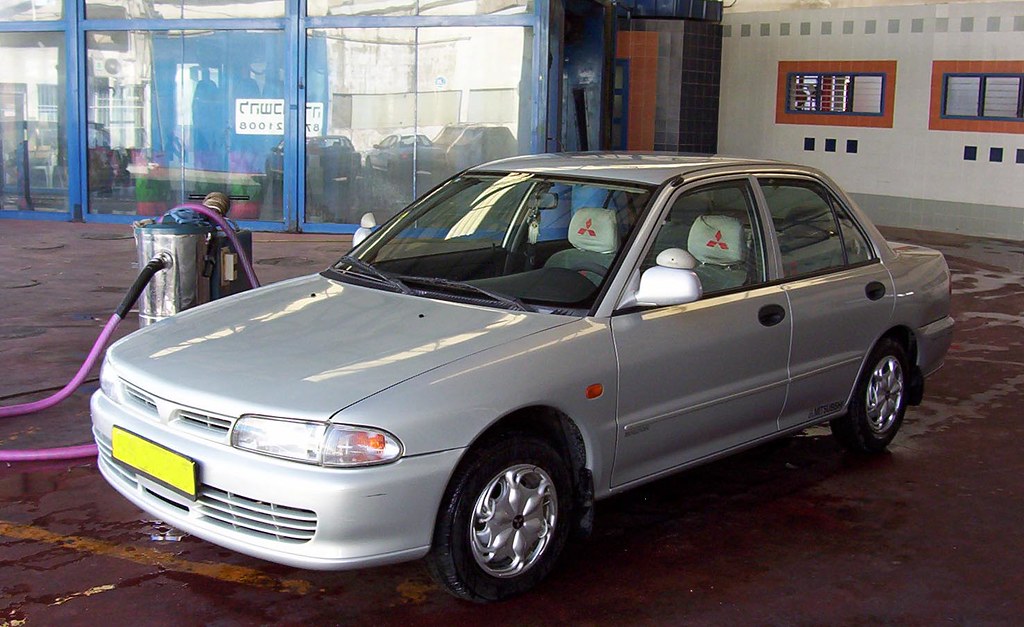
If you own a car, you’re all too familiar with the rollercoaster ride of gas prices. One week they’re dipping, the next they’re soaring, leaving your wallet feeling the pinch at every fill-up. While we might not be seeing the peak prices of June 2022, the cost of keeping your tank full remains a significant expense for many drivers across the nation. But what if we told you that dramatically cutting your gas costs doesn’t mean you have to sacrifice your daily commute, drive below the speed limit, or drastically alter your lifestyle?
Many believe that saving on fuel requires extreme measures, like becoming a hypermiling guru or simply staying home more often. The truth is, there are a wealth of smart, practical hacks that can put dollars back in your pocket without demanding a complete overhaul of your driving habits. These aren’t just minor adjustments; they are expert-backed strategies designed to make your vehicle more efficient and your purchasing smarter, ensuring you get more miles for less money.
We’ve dug deep into the advice from fuel experts and gathered a collection of truly effective, easy-to-implement tips that will empower you to outsmart the pump. From leveraging the power of your credit card to optimizing your tire pressure, these strategies are about working smarter, not harder, to keep your car on the road and your cash in your wallet. Get ready to transform how you approach every gas station visit, because significant savings are well within your reach.
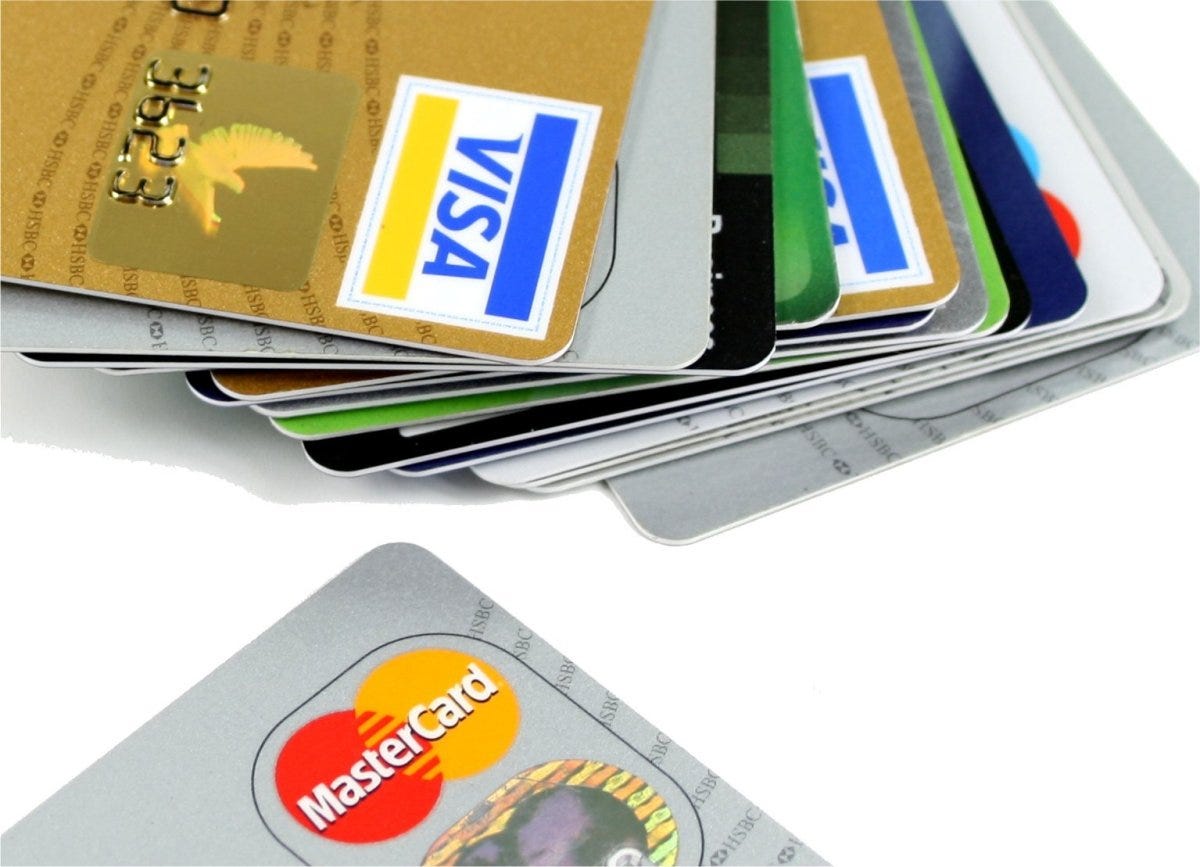
1. **Leverage Credit Card Rewards**It might sound too good to be true, but one of the simplest ways to save on gas is often already in your wallet: your credit card. Many credit cards come equipped with fantastic rewards programs that can offer significant cash back, points, or miles on specific types of purchases. Gas stations are frequently included in these bonus categories, turning a routine expense into an opportunity for savings.
While some cards offer a flat rate, perhaps 1% or 1.5% on all purchases, the real magic happens with bonus categories. We’re talking about earning up to 5% or even more rewards every single time you swipe your card at the pump. Imagine getting a substantial portion of your gas money back just by making a conscious choice about which card you use. It’s essentially a discount you earn without doing anything differently at the station itself.
So, what’s your immediate action item here? Take a moment to check the benefits of your existing credit cards. Dive into their rewards programs to see if “gas” is a bonus category you’ve been overlooking. If you’re in the market for a new card, prioritize looking for one that explicitly includes gas purchases in its high-rewards categories. This isn’t just a hack; it’s smart financial planning that directly impacts your fuel budget.
Read more about: Cybersecurity Experts Warn: Unpacking the New Wave of Incredibly Real Text Phishing Scams and How to Stay Safe
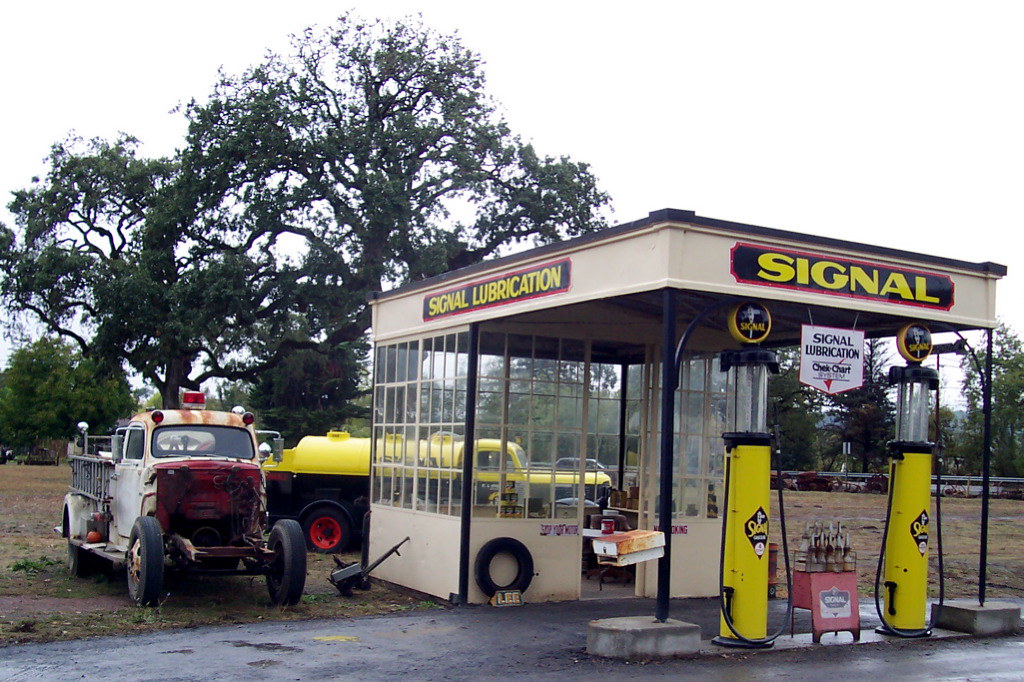
2. **Join Gas Station Loyalty Programs**Beyond credit card perks, another layer of savings can come from loyalty programs offered directly by gas stations and associated grocery stores. These programs are designed to reward you for your regular patronage, offering discounts at the pump simply for buying things you already need. The best part? They are typically free to join, making them a no-brainer for immediate savings.
The premise is straightforward: you make your everyday purchases, whether it’s groceries, convenience store items, or even gas itself, and you accumulate points or discounts. These often translate into a per-gallon discount on your next fill-up. In some cases, you might need to sign up for a physical or digital rewards card, but the small effort required almost always pays off handsomely, reducing the final price you pay at the pump.
Think about the gas stations you frequent most often or the grocery stores where you do your weekly shopping. Check if they offer a loyalty program and sign up! Becoming a member of the Fuel Rewards® program as a AAA Member, for instance, can save you at least 5¢/gallon at participating Shell stations. These small, consistent savings add up over time, turning your regular fill-ups into less painful transactions and keeping more money in your bank account.
Read more about: Your Ultimate Guide to Slasher Gas Prices: Smart Strategies to Save Big at the Pump and Beyond
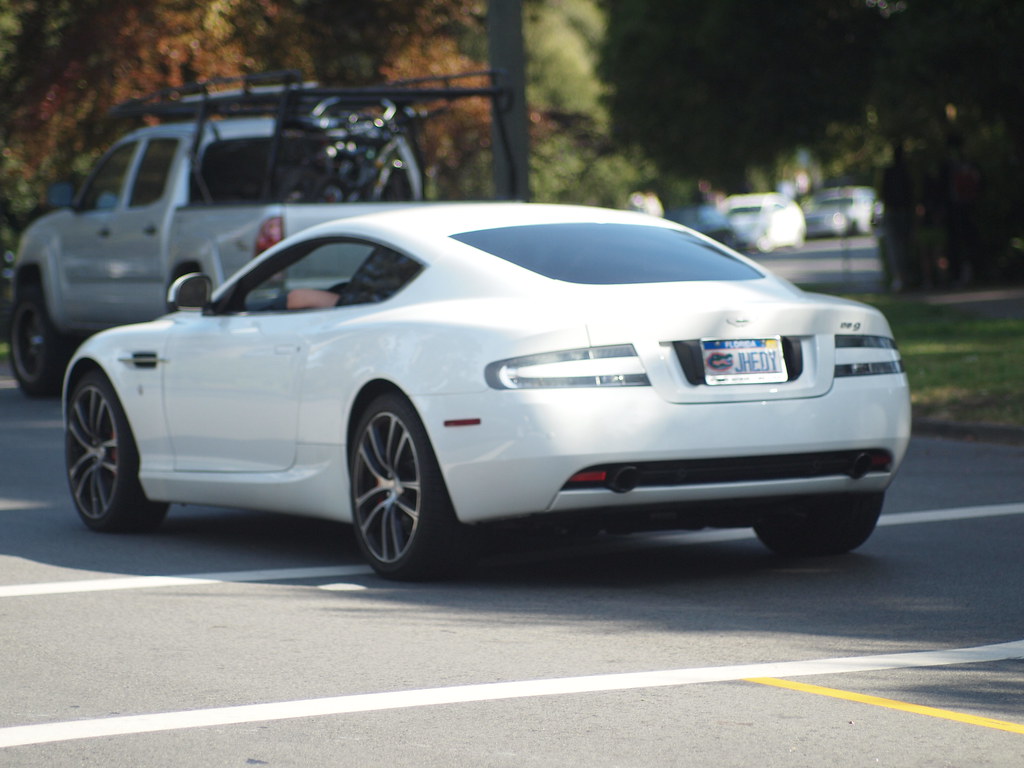
3. **Shop Around with Fuel-Saving Apps**We’ve all been there: the gas tank light flickers on, and the instinct is to pull into the nearest station without a second thought. But this impulsive decision could be costing you significant money. Gas prices can vary dramatically even within a few blocks, and simply stopping at the most convenient location means you’re likely missing out on cheaper fuel.
This is where modern technology comes to your rescue. Apps like GasBuddy and Waze are invaluable tools that leverage your local area data to pinpoint the cheapest gas prices nearby. Instead of guessing or just taking what’s available, you can quickly compare prices and direct yourself to the station offering the best deal. This proactive approach can lead to substantial savings, especially if you drive frequently.
The key is planning ahead. Make it a habit to check these apps before you leave home or when you know you’ll need to fill up soon. Pay attention to the gas stations you pass during your daily commute or errand runs, noting which consistently offer lower prices. By doing so, you can avoid the desperation fill-up when your tank is near empty, ensuring you always get the best possible price and avoid those pricier locations often found right off highway exits or in bustling city centers.
Read more about: Fuel Your Savings: The Ultimate Lifehacker’s Guide to Mastering Gas Apps and Cutting Costs at the Pump
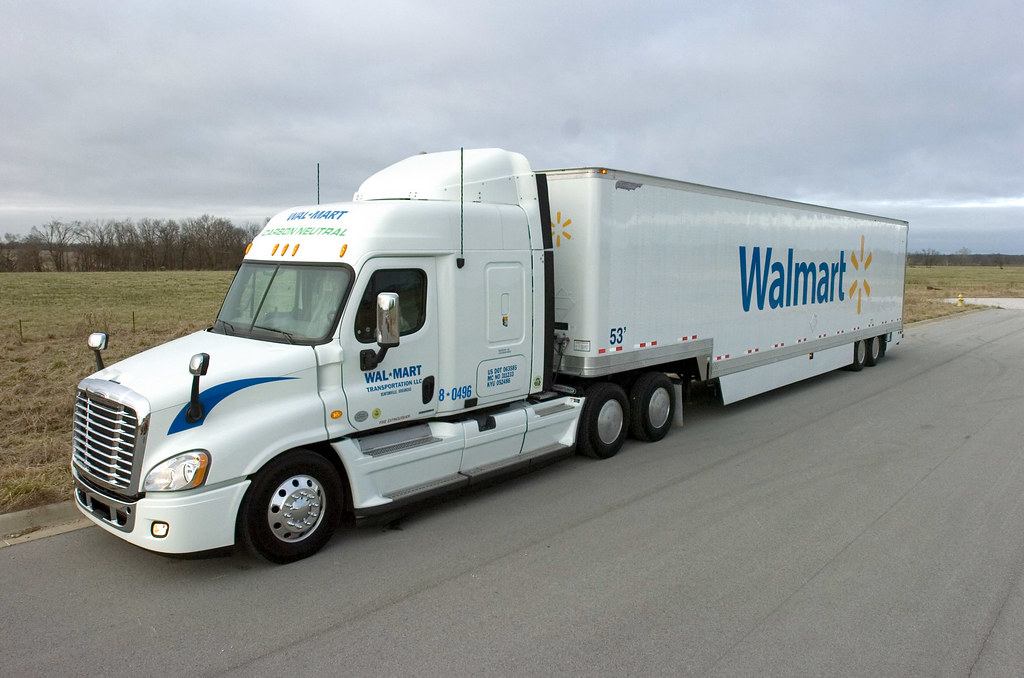
4. **Keep Your Tires Properly Inflated**This tip might seem like basic car maintenance, but its impact on your fuel efficiency is profound and often underestimated. Proper tire inflation is a critical factor not only for safety but also for how many miles you get per gallon. Underinflated tires increase rolling resistance, forcing your engine to work harder to move the vehicle, which directly translates to increased fuel consumption.
The numbers speak for themselves: the U.S. Department of Energy states that for every 1 psi (pounds per square inch) missing from your car’s tires, you lose 0.1% of your gas mileage. This might sound small, but it adds up quickly. More significantly, each PSI lost also means your tires wear 10 times faster, leading to costly replacements sooner than necessary. By simply keeping your tires properly inflated to the manufacturer’s recommended levels, you can improve your gas mileage by 3.3% or more.
While all cars built since 2007 have Tire Pressure Monitoring Systems (TPMS), relying solely on the dashboard light isn’t enough. The TPMS light may not illuminate until a tire is more than 25% below the recommended pressure, at which point you’re already significantly losing fuel efficiency and compromising safety. Make it a monthly habit to check your tire pressure with a decent-quality gauge (they’re inexpensive!) and inflate them to the levels specified in your car’s manual or on the sticker inside the driver’s door. This simple routine is one of the most effective ways to save fuel and extend tire life.
Read more about: Unleash Your Inner Mechanic: 15 Essential DIY Car Hacks to Save a Fortune on Maintenance
5. **Combine Errands and Optimize Routes**Life can be hectic, and it often feels like you’re constantly on the go, running separate errands throughout the day or week. However, these seemingly quick, individual trips are stealthily eating away at your fuel budget. One of the most impactful fuel-saving strategies is to meticulously plan and combine your errands into a single, cohesive trip, rather than making multiple spontaneous excursions.
Grouping your trips means fewer miles driven overall, which is an obvious win for gas savings. But the benefit goes deeper than just mileage. All non-electric cars use significantly more fuel when the engine is cold. Each time you start your car for a separate, short trip, your engine has to warm up again, a process that is far less fuel-efficient than driving with an already warmed-up engine. By combining trips, you reduce the number of these inefficient “cold starts,” maximizing your fuel economy.
Make it a practice to create a list of all your errands and plan your route strategically. Stop at the grocery store on your way home from work, or hit the post office and the coffee shop in one go after school drop-off. Utilizing navigation apps can also help you find the most efficient routes, avoiding traffic congestion that leads to wasteful idling. This not only saves on gas but also saves you precious time, making your busy life a little more manageable and much more fuel-efficient.
Read more about: Unlocked: The EV Expert’s 10 Essential Strategies to Maximize Your Electric Vehicle’s Range Effortlessly
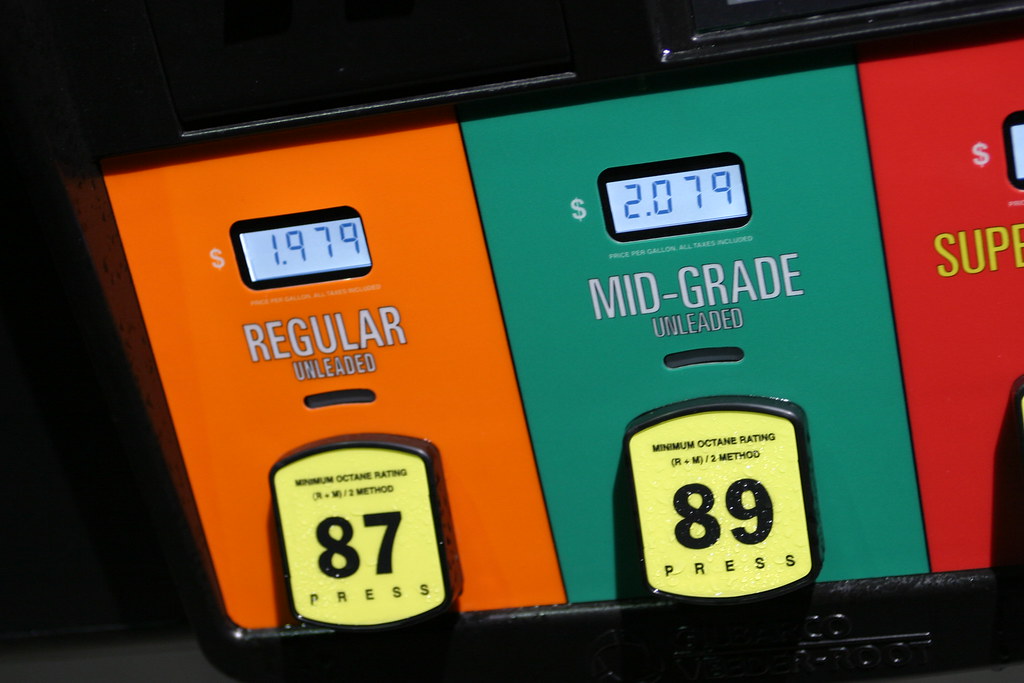
6. **Get a Warehouse Membership for Cheaper Gas**For many drivers, the thought of a warehouse club membership immediately brings to mind bulk groceries, discounted electronics, or maybe even a great deal on tires. However, these membership-based stores, like Costco, Sam’s Club, and BJ’s, often offer another fantastic perk that can significantly reduce your fuel expenses: cheaper gas. Their gas prices are typically notably lower than those found at regular gas stations.
While a membership isn’t free, the savings at the pump can quickly offset its cost, especially if you’re a frequent driver. It’s a simple calculation: figure out how much you save per gallon at these stations and how many times you fill up each month. Compare that to the annual membership fee, and you’ll often find that the math makes perfect sense, especially if you’re already a member for other purchases.
If you’re already a member of one of these warehouse clubs, make sure you’re taking full advantage of this often-overlooked benefit. If you’re not, and you find yourself constantly battling high gas prices, it might be worth exploring whether a membership could be a smart investment for your household. The convenience of saving money on gas while doing your regular bulk shopping adds another layer of value to these clubs, turning a membership into a powerful fuel-saving tool.
Read more about: Navigating the Tire Market: 15 Essential Tips to Secure the Best Price and Maximize Value for Your Next Set of Tires

7. **Strategic Refueling: Timing Your Fill-Ups**While gas prices fluctuate daily, there’s often a subtle pattern that smart drivers can exploit: certain days of the week consistently offer lower prices at the pump. This isn’t just about spotting a random deal; it’s about understanding historical pricing trends that can shave precious cents off every gallon you buy. Timing your fill-ups strategically can be a remarkably simple yet effective way to cut down on your overall fuel expenditure, turning a routine chore into a savvy money-saving maneuver.
According to analysis, Mondays are often the cheapest day of the week to fill up your tank, making the start of the work week also the start of potential savings. Following closely behind, Fridays can also present favorable prices. Conversely, you might want to avoid Wednesdays, Thursdays, and Saturdays, as these days are historically the costliest for gas. This pricing dynamic suggests that retailers adjust their prices in anticipation of weekend travel and mid-week demand, creating predictable windows for more economical purchases.
Making a habit of checking gas prices and planning your fill-ups around these historically cheaper days can lead to significant savings over time. Even if it’s just a few cents per gallon, these small discounts accumulate, especially for drivers who fill up frequently. It’s a prime example of working smarter, not harder, to keep your fuel budget in check. Instead of waiting for your tank to hit empty, try to anticipate your needs and schedule your trips to the pump for those sweet spot days, ensuring you always get the best possible price.
Consider integrating this practice with your fuel-saving app routine. Once you’ve identified the cheapest stations using tools like GasBuddy or Waze, cross-reference that information with the best day to buy. This dual-pronged approach ensures you’re not only getting the lowest price in your area but also capitalizing on broader pricing trends. It’s about leveraging every available insight to maximize your savings, turning every fill-up into an opportunity for intelligent financial management rather than a grudging expense.
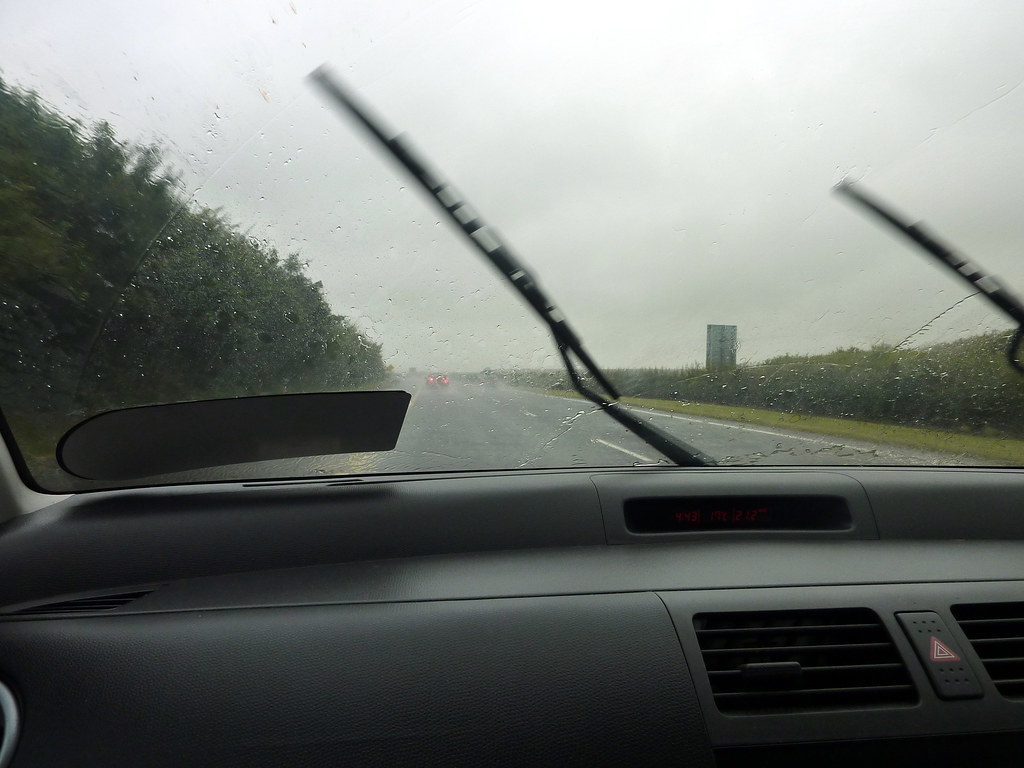
8. **Mindful Driving: Avoid Excessive Idling**It’s easy to overlook, but leaving your engine running while your car isn’t moving is a surprising culprit in wasting fuel. Whether you’re waiting in a school pickup line, pausing for a friend, or just momentarily parked, those minutes add up, turning perfectly good gasoline into thin air. Many drivers underestimate how much fuel is consumed during idling, mistakenly believing it’s more efficient to keep the engine running than to restart it. However, the reality is quite different, and adjusting this habit can lead to tangible savings.
Modern vehicles are far more fuel-efficient when restarted than when left to idle for extended periods. Experts recommend turning off your car if you expect to be stopped for 10 seconds or longer. During idling, your engine is still consuming fuel, often at a rate of around half to a full gallon per hour, even if you’re not moving an inch. This practice not only depletes your fuel tank unnecessarily but also increases carbon dioxide emissions, making it a double win for both your wallet and the environment to simply switch off.
Some drivers worry about the wear and tear on their starter motor from frequent restarts. However, today’s starters are designed to be much more robust than those in older cars, capable of handling numerous cycles without issue. Unless you’re turning your car on and off more than 10 times a day, the starter motor is unlikely to need replacement during the vehicle’s lifespan. The key is to distinguish between brief stops in heavy stop-and-go traffic, where quick restarts might compromise safety by delaying your response, and longer waiting periods where turning off the engine is clearly beneficial.
Incorporating this simple habit into your driving routine – whether it’s at a lengthy drive-thru, a train crossing, or waiting outside an appointment – can significantly reduce your fuel consumption over time. It’s an empowering, conscious choice that puts you in control of your fuel economy, turning a passive waste into an active saving. By avoiding excessive idling, you’re not just preserving fuel; you’re adopting a smarter, more environmentally friendly driving practice that pays off.
Read more about: Unlock Significant Savings at the Pump: Expert-Backed Gas-Saving Hacks for Every Car Type
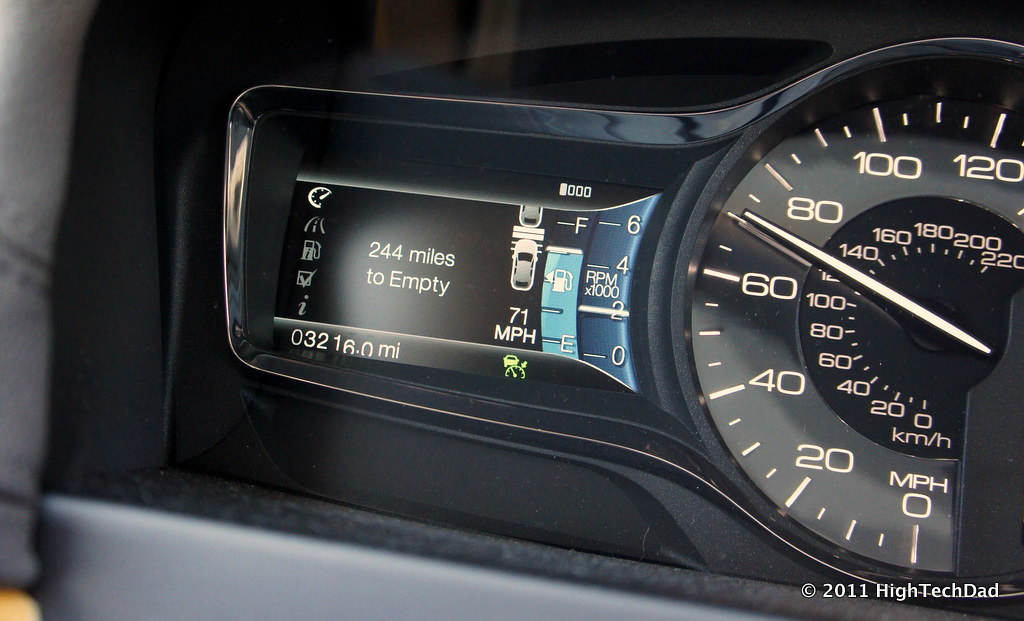
9. **Optimize Performance: Use Cruise Control Wisely**When you’re cruising down the highway, your car’s cruise control feature isn’t just a convenience for your right foot; it’s a powerful tool for maximizing your fuel efficiency. Many drivers engage it primarily for comfort on long journeys, but its ability to maintain a consistent speed is exactly what makes it a fuel-saving hero. By taking the human element of fluctuating acceleration out of the equation, cruise control ensures your engine operates at its most efficient, preventing wasteful surges and dips in speed.
The science behind it is straightforward: constantly accelerating and decelerating on the pedal consumes more gas rapidly than maintaining a steady pace. Cruise control is much more effective than a human driver at holding a continuous speed, allowing your vehicle to avoid these fuel-guzzling fluctuations. This consistency helps your engine run smoother and more efficiently, leading to an average of 7% to 14% savings on gas. It’s about harnessing technology to achieve optimal performance, rather than relying on inconsistent manual control.
To get the most out of this feature, it’s best to use cruise control when you’re driving on a flat road with no frequent stops, such as a highway. In hilly terrain or stop-and-go traffic, cruise control might actually work against you by aggressively accelerating uphill or maintaining speed where it would be more fuel-efficient to coast. In such situations, manually controlling your speed, anticipating traffic, and gently lifting off the accelerator is often the better approach.
Embracing cruise control for the right conditions transforms it from a simple convenience into an integral part of your fuel-saving strategy. It empowers you to maintain a steady, fuel-efficient pace, especially on those stretches of road where your car can truly shine in its aerodynamic and engine efficiency. This smart application of technology helps you keep your fuel consumption in check, ensuring that those long drives are not only more comfortable but also significantly more economical.
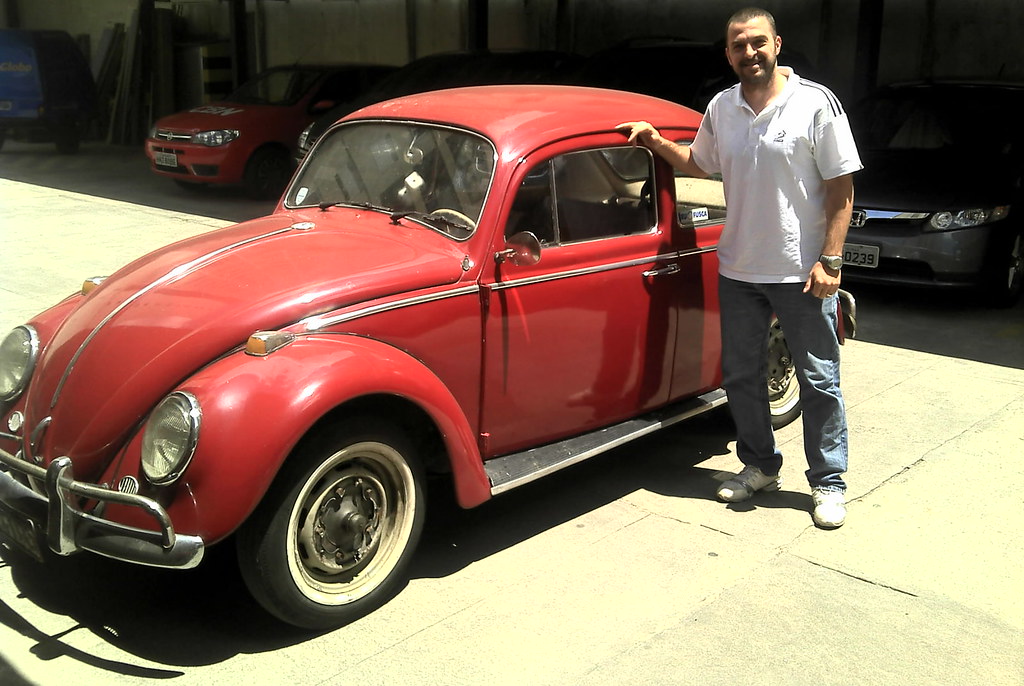
10. **Smart Fuel Choice: Stick to Regular Unleaded**There’s a common misconception that filling your tank with premium-grade gasoline will automatically boost your car’s performance or make it run more efficiently, regardless of the vehicle type. However, for the vast majority of cars on the road today, this couldn’t be further from the truth. Unless your car’s manufacturer specifically requires premium gas, opting for the higher-octane fuel is essentially throwing money away, as your engine simply isn’t designed to benefit from it.
Premium gas typically costs anywhere from 20 to 40 cents, or even more, per gallon than regular-grade fuel. This significant price difference, when multiplied over countless fill-ups, can accumulate into substantial wasted expenditure throughout the year. Most modern engines are engineered to run perfectly fine on regular unleaded gasoline, and using premium when it’s not required offers no discernible benefits in terms of mileage, power, or engine longevity. It’s merely a more expensive choice that doesn’t translate into real-world advantages for your vehicle.
The easiest way to confirm the right fuel for your car is to check your owner’s manual or the inside of your fuel filler door. If it says “Premium Recommended” but not “Required,” you can safely use regular unleaded without any adverse effects. Before making the switch, however, it’s always wise to double-check that using unleaded isn’t going to be a problem for your specific car model. For most drivers, this simple change can lead to immediate savings, potentially up to $0.50 per gallon or even more, without noticing any difference in driving performance.
This understanding also extends to future vehicle purchases. When shopping for a car, remember that models requiring premium-only gas will inherently come with a bigger ongoing expense at the pump. By being informed about fuel grades, you empower yourself to make smarter choices both for your current vehicle and any future acquisitions, ensuring that you’re not paying extra for a benefit that simply doesn’t exist for your car. It’s a foundational hack for sustained fuel savings.

11. **Vehicle Optimization: Lighten Your Load**It’s often said that carmakers spend countless hours and resources trying to reduce the weight of their vehicles, and for good reason: every extra pound impacts fuel efficiency. As drivers, we sometimes unknowingly undermine these engineering efforts by simply leaving unnecessary items in our cars. From the trunk to the back seat, accumulated clutter and forgotten gear can add up to a significant amount of dead weight, forcing your engine to work harder than it needs to.
Think about it: every time you accelerate, your engine uses fuel to get your car, your passengers, and all that extra junk up to speed. Conversely, every time you brake, that energy is converted into heat, another form of wasted effort. The Environmental Protection Agency (EPA) estimates a fuel mileage reduction of approximately 1% for every 100 pounds of unnecessary weight you carry. On a per-gallon basis, this translates to a tangible increase in your costs, making that forgotten gym bag or those boxes of old books more expensive than you realize.
A common violator for extra weight can be items like golf clubs that stay in the trunk year-round, or a case of individual water bottles that always seem to be rolling around the back. Even larger items like an unused third row of seats in an SUV can weigh 30 pounds or more and can often be easily removed and stored in the garage until needed. Make it a habit to periodically clear out your vehicle, asking yourself if every item truly needs to be there for your daily drives.
Lightening your load is one of the most straightforward and effective ways to boost your car’s fuel economy, especially in city driving with its frequent stops and starts. It not only saves you money at the pump but also reduces wear and tear on your vehicle’s brakes and suspension components. By simply getting your trunk and cabin in order, you align your habits with your car’s optimal performance, ensuring you’re not paying to haul around anything you don’t need.
Read more about: Unlocking Peak Efficiency: Engineer-Backed Strategies to Boost Your Car’s MPG by 10 Without Changing Your Route
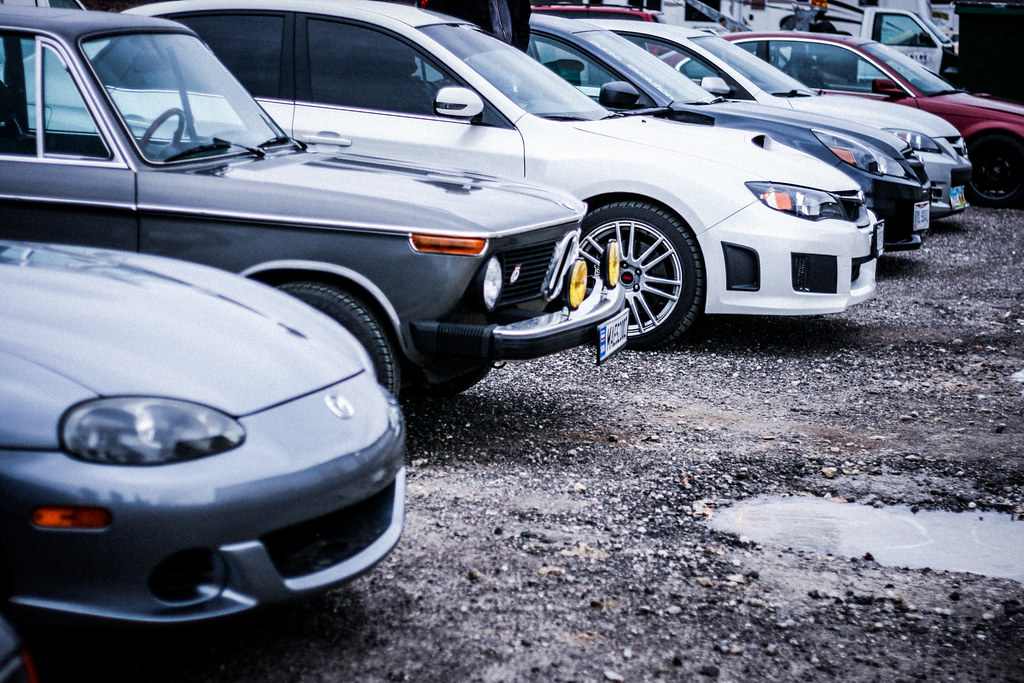
12. **Aerodynamic Efficiency: Manage Windows and Roof Racks**Beyond the weight your car carries, how it cuts through the air – its aerodynamics – plays a crucial role in its fuel efficiency, especially at higher speeds on highways. Auto engineers obsess over every curve and angle to minimize wind resistance, knowing that better aerodynamics translates directly into better gas mileage. As drivers, we can either enhance or hinder these carefully designed efficiencies through seemingly minor choices, particularly concerning roof attachments and window positions.
One of the most significant ways drivers inadvertently hurt their car’s aerodynamics is by leaving large luggage racks or cargo boxes on the roof when they’re not in use. These accessories, while incredibly useful for transporting gear, create substantial aerodynamic drag, forcing your engine to work harder to maintain speed. The EPA estimates that using a large, blunt roof-top cargo box can reduce fuel economy by up to 25% on the Interstate, potentially adding $0.06 to $0.53 per gallon to your costs. If you have a factory roof rack, even removing the crossbars when not needed can save a few pounds and reduce drag. For activities requiring a lot of equipment, consider hitch-mounted racks or boxes that tuck the load into the slipstream of your car, saving more fuel.
Another often-overlooked aerodynamic culprit is open windows, especially when driving at high speeds. While rolling down the windows might feel refreshing, it disrupts the smooth airflow over your vehicle, creating significant drag. This increased resistance makes your engine expend more energy to push through the air, directly reducing your fuel efficiency. At lower city speeds, open windows might be fine, but on the highway, it’s generally more fuel-efficient to keep your windows closed and use your car’s ventilation system or air conditioning sparingly.
By being mindful of these aerodynamic factors, you can make smarter choices that noticeably impact your fuel consumption. Regularly removing unused roof racks and keeping your windows closed at highway speeds are simple, actionable steps that restore your car’s designed efficiency. These adjustments empower you to actively minimize wind resistance, ensuring your vehicle glides through the air with less effort and, crucially, less fuel.
***
Read more about: Fueling Your Savings: 12 Smart Lifehacker Strategies to Drastically Improve Your Car’s Gas Mileage Now
Now that we’ve journeyed through these expert-backed fuel-saving hacks, from smart shopping and diligent maintenance to mindful driving and aerodynamic optimization, you’re armed with a comprehensive toolkit. No longer are you at the mercy of fluctuating pump prices; you’re in the driver’s seat, empowered to make conscious choices that directly impact your wallet and the environment. Every single tip we’ve shared, from timing your fill-ups to lightening your load, is designed to be practical, easy to implement, and genuinely effective. You don’t need to be a hypermiling guru or sacrifice your daily routine; just a little bit of knowledge and consistent effort will make a dramatic difference. So, take these insights, apply them to your daily drives, and start enjoying the sweet sensation of more miles for less money. Your bank account, and the planet, will thank you for it!

